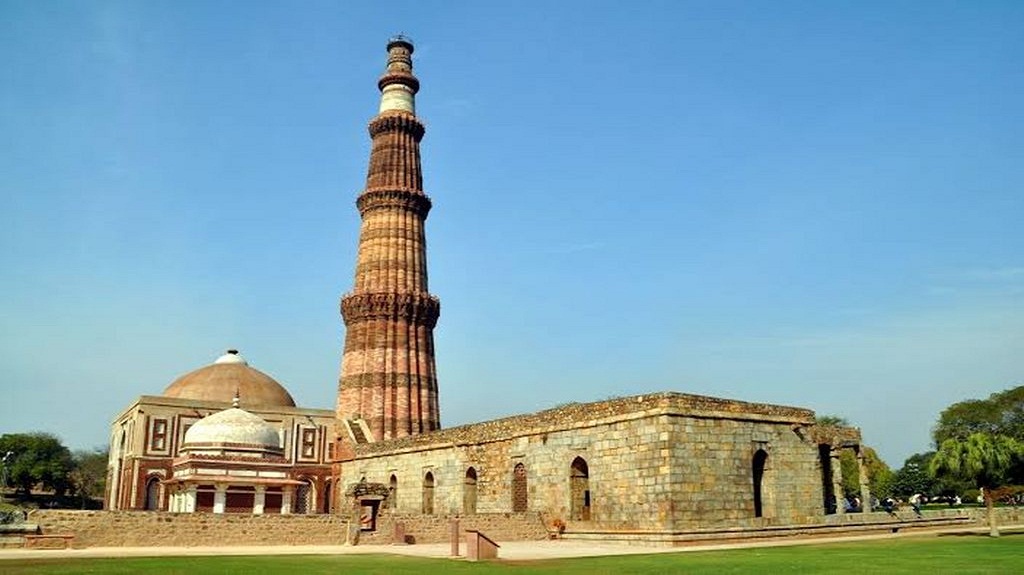
Delhi’s Qutub Minar is a five-celebrated structure developed more than four centuries by various rulers. It was initially dispatched by Qutb-ud-racket Aibak, who was the author of the Delhi Sultanate, around 1192 as a triumph tower. The minaret is named after him; in spite of the fact that he couldn’t manufacture it past the primary story. His successor Shams-ud-noise Iltutmish added three additional floors to the structure in 1220. Its highest story endured harms in 1369 because of lightning. It was recreated by Firoz Shah Tughlaq, who included the fifth and last story to the pinnacle while the passageway to the minaret was worked by Sher Shah Suri.
Around 300 years after the fact, in 1803, the pinnacle again endured extreme harms in a seismic tremor. Significant Robert Smith, an individual from the British Indian Army, retouched the structure in 1828. He felt free to introduce a pillared dome to sit on the fifth story, along these lines loaning the pinnacle its 6th story. In any case, this additional story was evacuated in 1848 compelled of Henry Hardinge, the then Governor General of India, and reinstalled alongside the minaret. Section to the pinnacle has been confined since 1981 after a mishap, which left 47 individuals inside it dead.
The wonderful Qutub Minar remains as a decreasing minaret with a stature of 73 meters. It has a base distance across of 14.3 meters which limits to 2.7 meters at the top. The structure additionally incorporates a winding staircase of 379 stages. There are numerous other verifiable buildings around the minaret which, together with the fundamental pinnacle, structure the Qutub Minar Complex.
It is broadly accepted that the pinnacle, which shows early Afghan building style, was constructed taking motivation from the Minaret of Jam in Afghanistan. Every one of the five unmistakable accounts of the minaret is enhanced with an anticipating overhang bolstered by complicatedly planned sections. While the initial three stories are worked in light red sandstone, the fourth one is absolutely made of marble, and the fifth one is a blend of marble and sandstone. The engineering styles from the base to the top additionally contrast, because of the numerous rulers who built it part by part.
BOOK THIS UNESCO SITE TOUR
Need Tour Scholar Help?
For Tour Packages and Customer Care Support.
+91- 975 668 6666
[email protected]